Mount Fuji is the highest mountain in Japan and one of its most instantly-recognizable symbols. It is also one of its 111 active volcanoes and, although there are no signs that it will erupt any time soon, the potential is there.
No trip to Japan is complete without visiting Mount Fuji, its most spectacular natural wonder. However, as an active volcano, there are a few things to consider before your visit.
This list has everything you need to know, from the history of Mount Fuji to the likelihood of future eruptions.
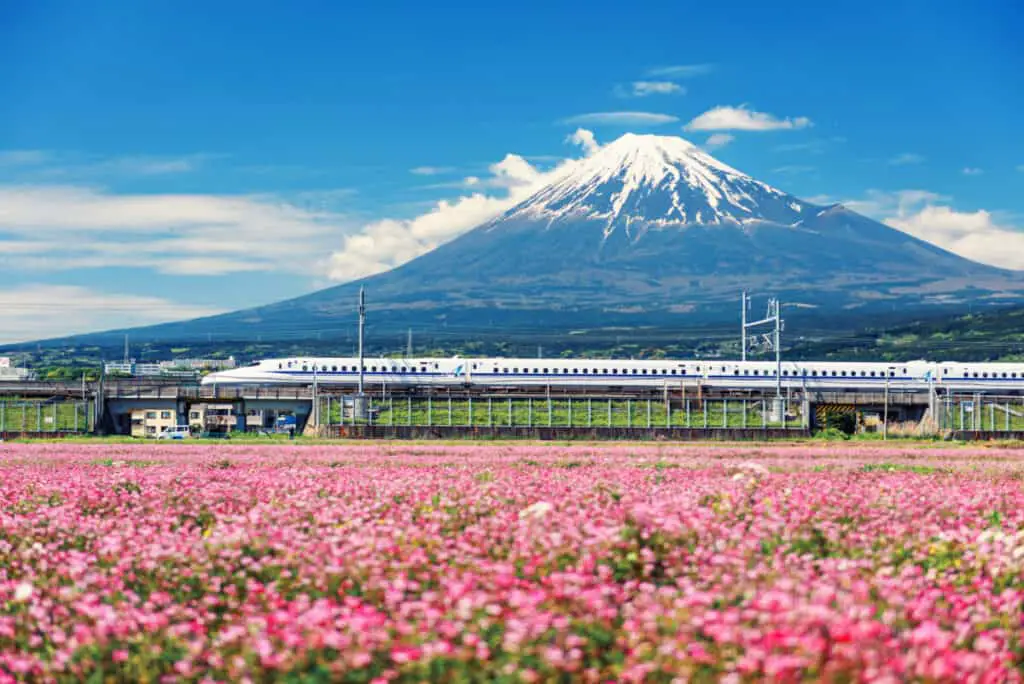
Details of Mount Fuji
Mount Fuji (富士山, Fujisan) is Japan’s tallest mountain and the seventh-highest peak on Earth. It stands at a whopping 12,389.2 feet (3,776.24 meters) above sea level! Its main crater is 2,650 feet (780 meters) in diameter and 790 feet (240 meters) deep.
On a clear day, you can see Mount Fuji from Tokyo, which is about 82 miles (131 kilometers) to the northeast. It is covered in snow for about five months each year.
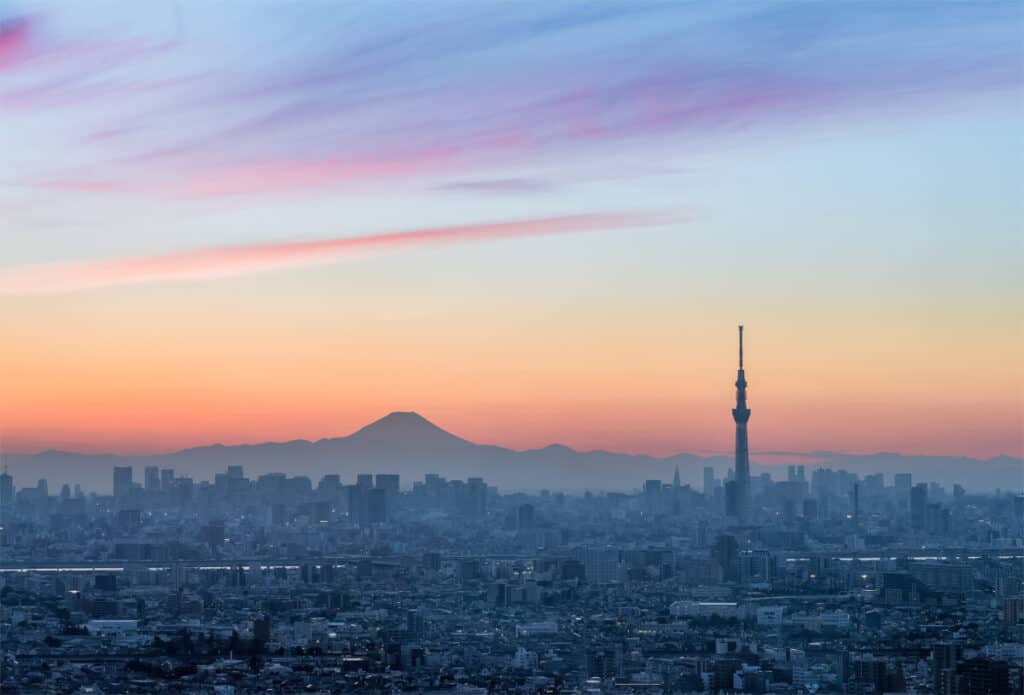
Mount Fuji is an active stratovolcano, which means that it is conical in shape and made up of many layers (strata) of hardened lava and tephra.
These types of volcanoes tend to spew their lava and debris high into the air rather than long distances away, which enable them to continually ‘grow upwards’ and achieve the familiar conical shape.
Mount Fuji has the honor of being one of Japan’s ‘Three Holy Mountains’ (三霊, Sanreizan). This means that, alongside Mount Tate and Mount Haku, it is one of the most revered places in the country.
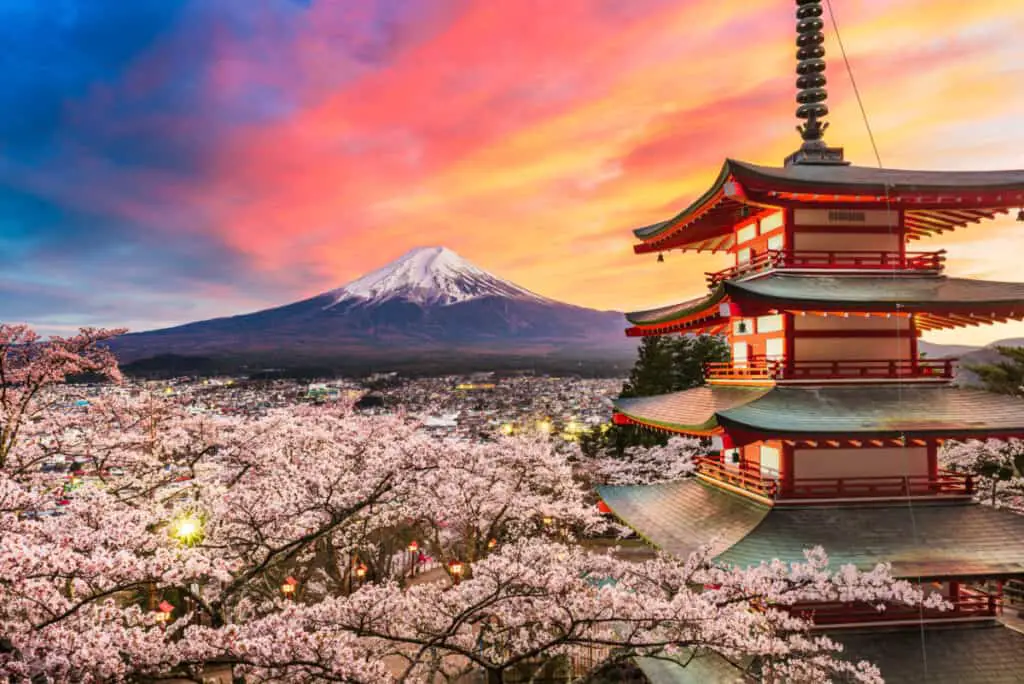
UNESCO recognizes that Mount Fuji is World Heritage Cultural Site that has inspired artists and poets and has attracted pilgrims for centuries.
Why does Japan have so many Volcanoes?
Japan is located along a belt of high tectonic and volcanic activity called the ‘Ring of Fire’.
Thanks to their position along this seismic feature, the west coasts of South and North America, the east coast of Asia, western Indonesia, and New Zealand are also prone to volcanic activity, earthquakes, and tsunamis.
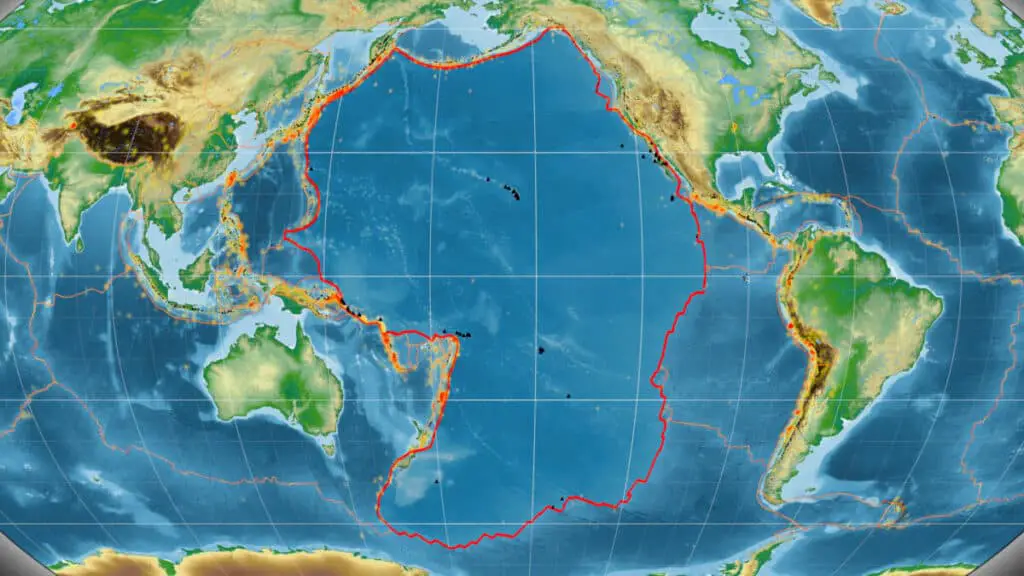
The ‘Ring of Fire’ is caused by the natural process called plate tectonics. This is when the many ‘plates’ that make up the Earth’s crust slowly move and, occasionally, crash into each other.
The collision zones between the plates cause a high number of volcanoes and earthquakes.
Japan has around 10% of the world’s active volcanoes and it experiences up to 1,500 earthquakes every year!
What is an active volcano?
A volcano is a fissure in the Earth’s crust that is usually caused where tectonic plates met and bump into each other. They allow volcanic ash, steaming hot lava, and toxic gases to escape from a magma chamber deep underground.
Volcanoes are classified as either active, dormant, or extinct. Mount Fuji is an active volcano.
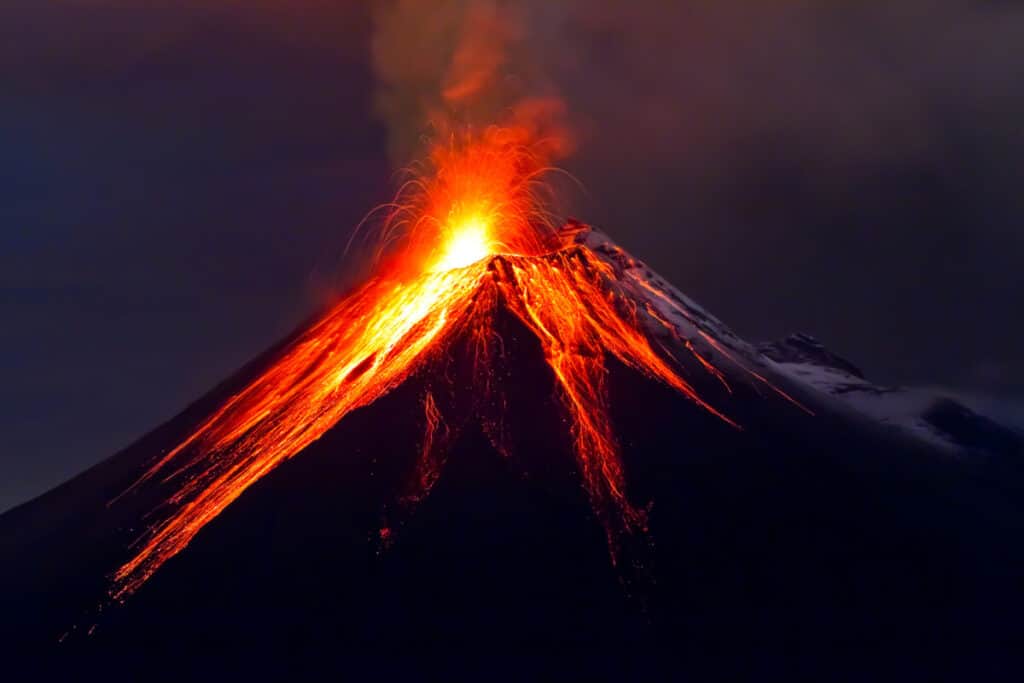
Active volcanoes
Volcanologists struggle to achieve a consensus on what ‘active’ means because a volcano’s lifespan can be anything from a couple of months to several million years.
These long spans of time are difficult to quantify against a human lifetime or even the whole of recorded human history!
In human terms, a volcano that has not erupted for millions of years might be considered inactive. However, for a volcano, it might not. For these reasons, some scientists consider most volcanoes to be active.
Dormant volcanoes
Although it is hard to identify the differences between active and dormant (or inactive) volcanoes, a simple definition would be that dormant volcanoes have not erupted for several thousand years but are likely to erupt in the future.
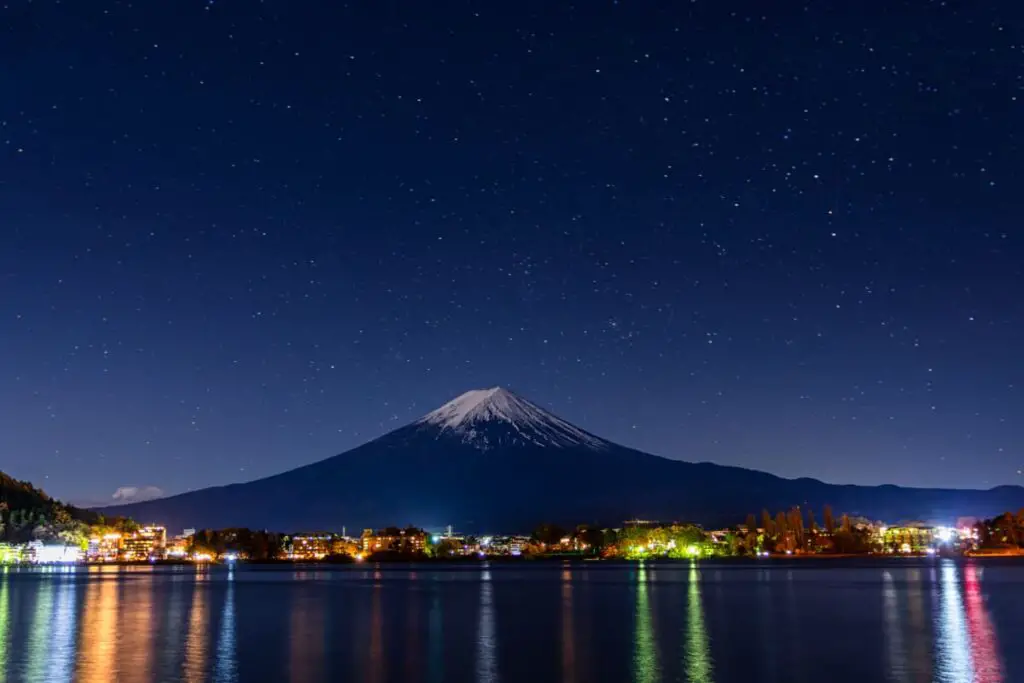
Volcanologists will sometimes classify a volcano to be inactive if there are no written records of it ever erupting. However, as volcanoes can exist for several million years, this is not a particularly accurate way to define an inactive volcano.
Extinct volcanoes
Scientists have more confidence labeling volcanoes as extinct because they can measure whether it is still supplied by an underground magma chamber.
What is the History of Mount Fuji?
Mount Fuji developed over hundreds of thousands of years. This is divided into phases:
Phase 1: Sen-komitake
Phase 2: Komitake Fuji, which occurred several hundred thousand years ago.
Phase 3: Old Fuji, which occurred approximately 100,000 years ago when it erupted and covered Komitake Fuji.
Phase 4: Modern Fuji. Today’s ‘Modern Fuji’ formed over the top of Old Fuji around 10,000 years ago and it created the mountain we see today.
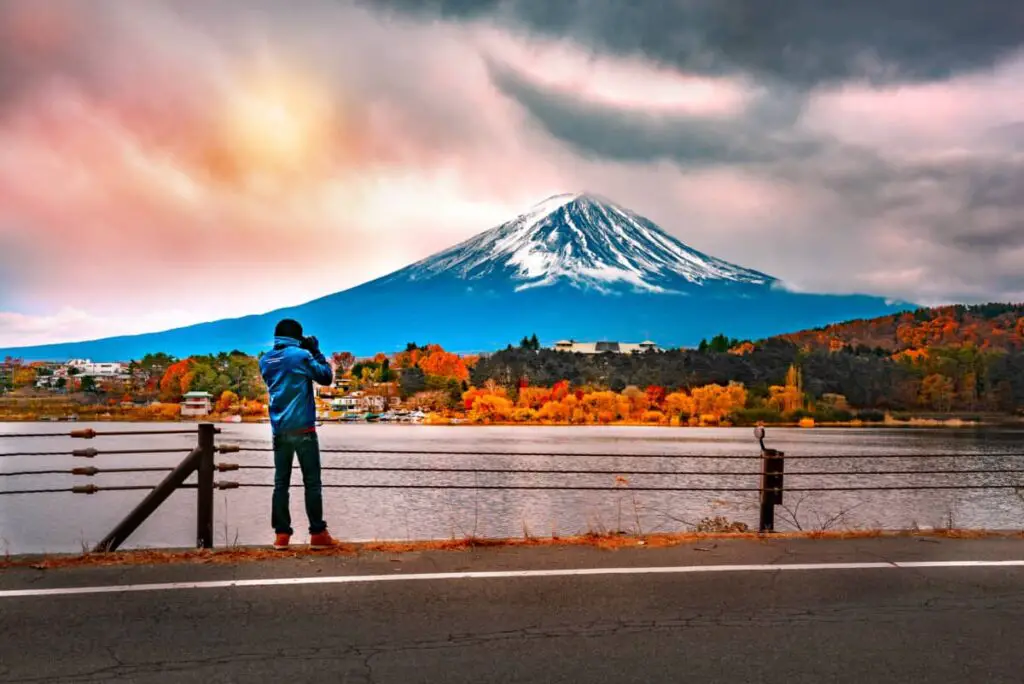
Mount Fuji has been featured in Japanese art from as early as 1600 CE. This corresponds to the time when Edo (now Tokyo) was named as Japan’s capital. Mount Fuji dominated the landscape for the people traveling to and from the city along Tōkaidō Road.
Is Mount Fuji Considered Sacred?
Yes, Mount Fuji has long been recognized as sacred. There are several reasons for this, including:
- Ancient samurai trained at the base of the mountain, close to present-day Gotemba.
- During the Kamakura period (1885-1333), archery contests were hosted by shogun Minamoto no Yoritomo.
Today, Mount Fuji is a tourist mecca and an international destination for mountain climbers. If you’re fit, you can reach the summit in five to six hours.
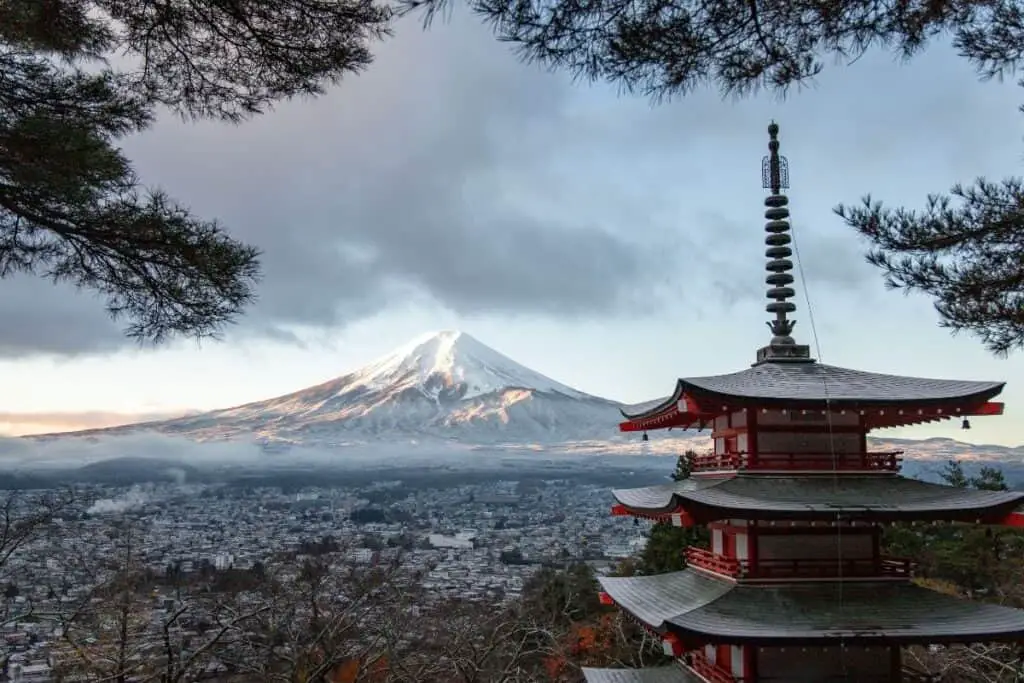
When did Mount Fuji Erupt in the Past?
Mount Fuji last erupted on December 16, 1707, triggered by the Great Hōei earthquake. Prior to this, Mount Fuji has erupted at least 16 times since 781 BCE.
Here are three of the most important eruptions:
1. The Gotemba mudflow
Around 2,300 years ago, Mount Fuji’s east face collapsed and released a violent flow of mud and debris that quickly spread to the surrounding countryside.
The Gotemba region suffered the full force of the fallout, with the Ashigara plain in the east, Suruga Bay to the south, and the Mishima region to the southeast covered in a slurry of volcanic rubble.
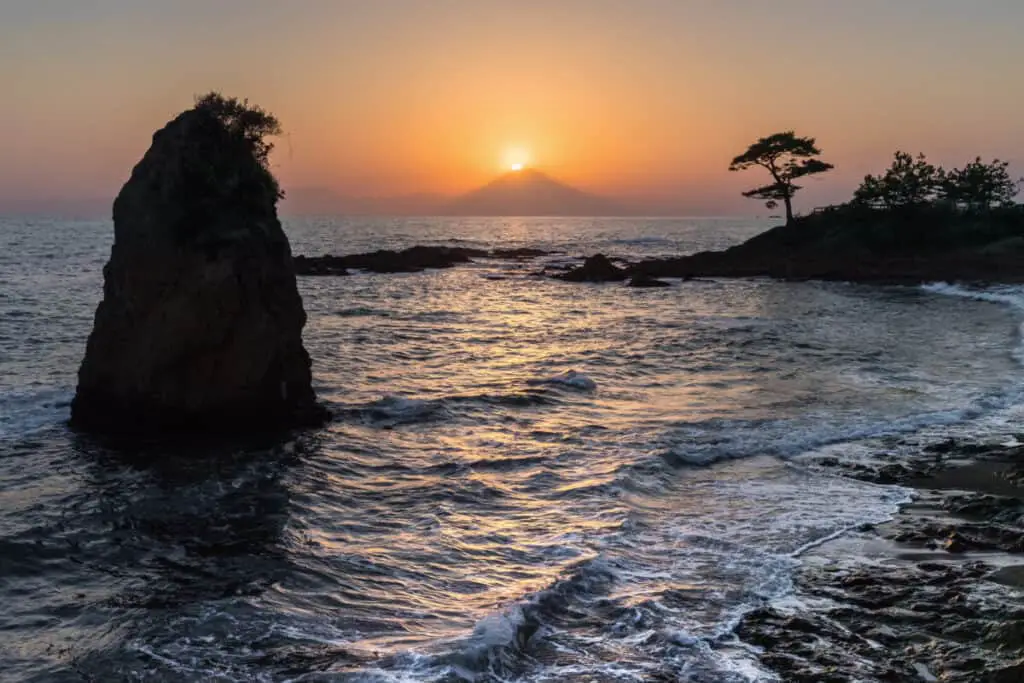
2. The Jōgan eruption
In the year 864 BCE, Mount Fuji again exploded and a massive flow of lava was released from its northeast side.
This was in the 6th year of the Jōgan era and the eruption lasted for at least ten days. The pyroclastic debris including ash, tephra, and lava spewed high into the air and it landed as far away as Kai Province (today known as Yamanashi Prefecture), over 50 miles (80.5 kilometers) away.
The flow, known as the Aokigahara lava, filled Lake Senoumi and divided it into the two that we have today: Saiko and Shōji Lakes. The local forest is also known as Aokigahara.
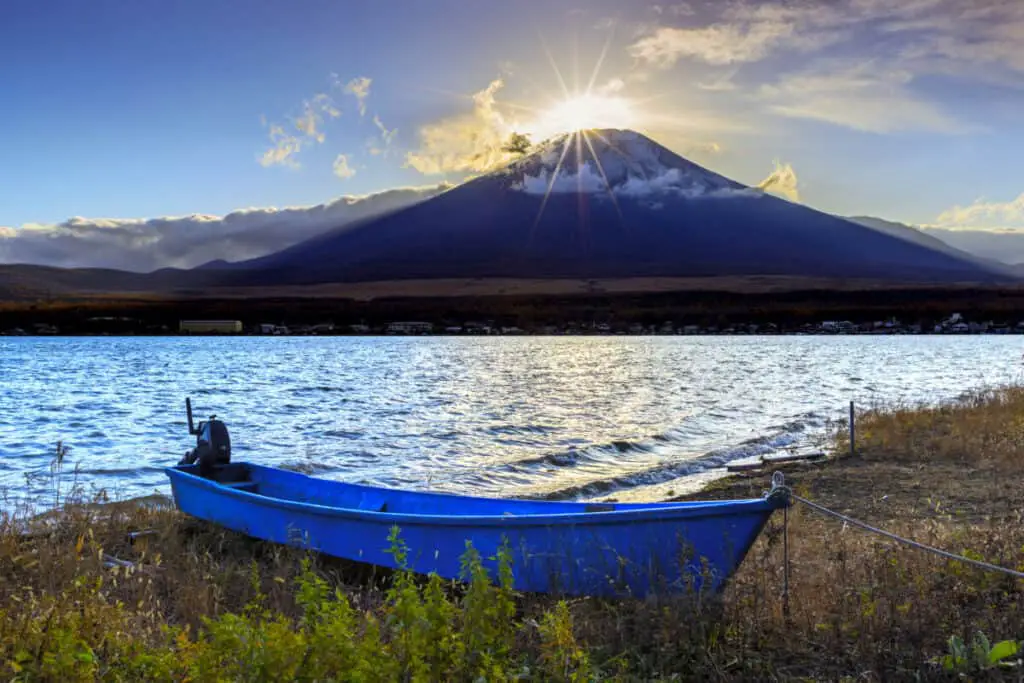
3. The Hōei eruption
Mount Fuji’s most recent eruption is known as The Great Hōei eruption of 1707. It took place several weeks after the Great Hōei earthquake, which struck south-central Japan on October 28, 1707. It was the biggest earthquake in recorded Japanese history until the Tōhoku earthquake struck in 2011.
Volcanologists believe that the Great Hōei earthquake-triggered Mount Fuji’s eruption by compressing its magma chamber 12.4 miles (20 kilometers) underground.
This pushed the basaltic lava up into a higher chamber 4.9 miles (eight kilometers) below ground, causing the lavas to mix and trigger a volatile explosion of lava, tephra, pumice, and gases high into the stratosphere.
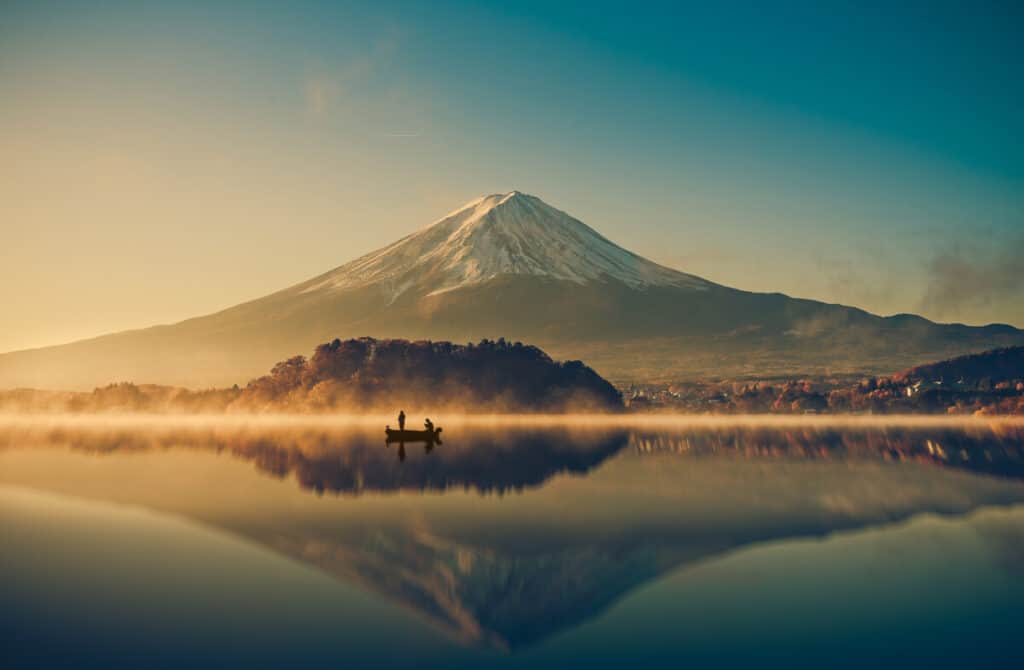
This is a Plinian-type eruption and the same type as Mount Vesuvius in 79 CE which destroyed the ancient city of Pompeii, and the 1883 eruption of Krakatoa in Indonesia.
This eruption would have been a spectacular yet frightening experience. It would have been accompanied by a loud bang and the volcanic gases in the atmosphere would have caused massive lightning strikes in the area.
Debris from the eruption fell in Izu, Kai, Sagami, and Musashi and it spread volcanic ash as far as Tokyo.
Will Mount Fuji erupt again?
It is difficult to predict when a volcano might erupt, but Japanese scientists study the magma levels by measuring CO2 emissions deep in the volcano. If they rise above a predetermined level, this means that seismic activity is occurring and an eruption is likely.
When Japan experienced the 2011 Tōhoku earthquake and tsunami, volcanologists monitored Mount Fuji closely and recorded that its internal pressure did increase. Thankfully, it did not erupt.
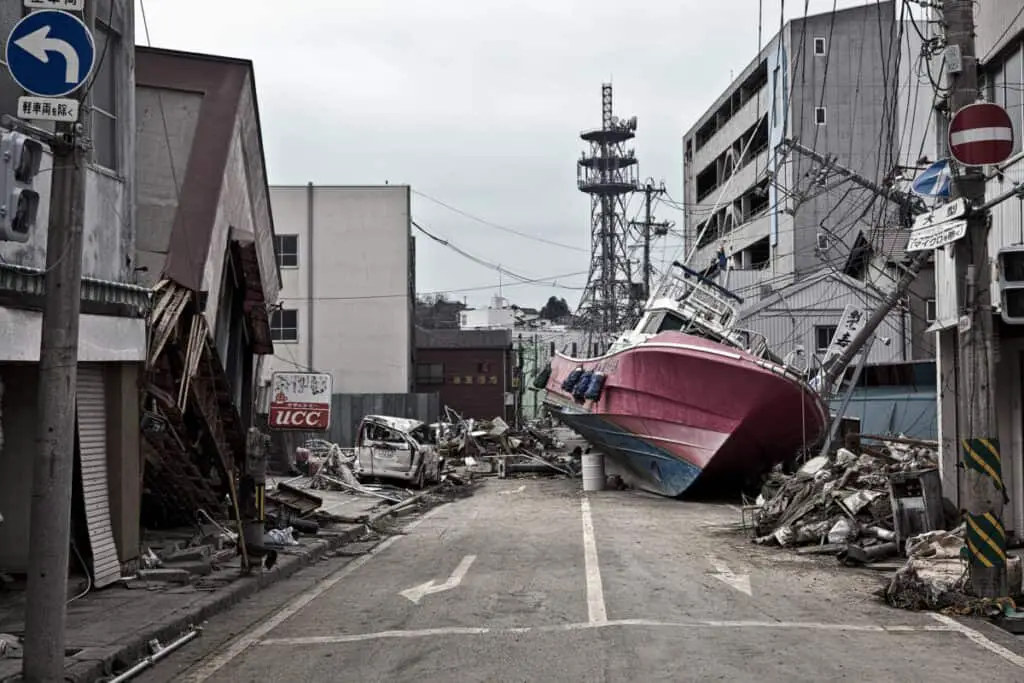
Any future eruption is likely to be highly explosive and similar to the 1707 eruption. For the people nearby, including Tokyo, it could be semi destructive to completely disastrous.
Even small amounts of ash would damage power lines and prevent above-ground trains from running on their tracks.
The financial cost is estimated to be around ¥2.5 trillion, equivalent to about US$25 billion.











